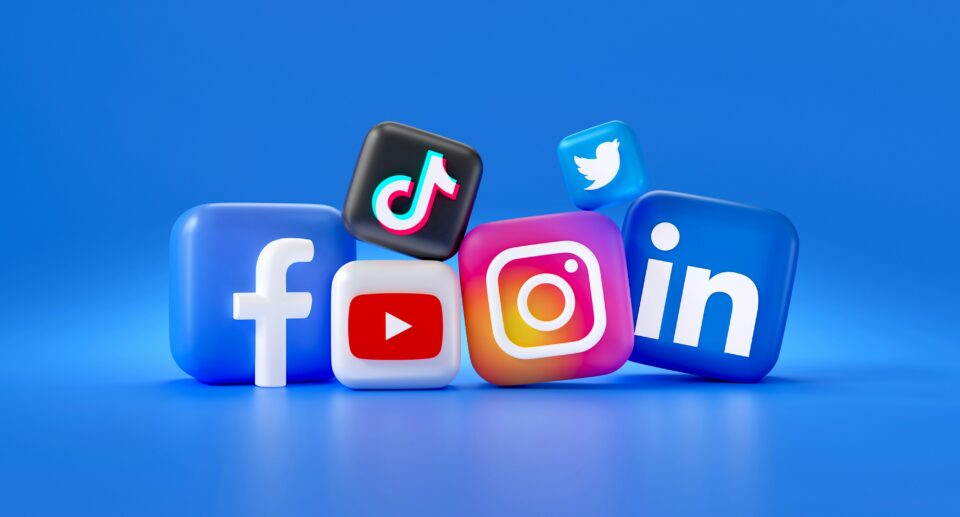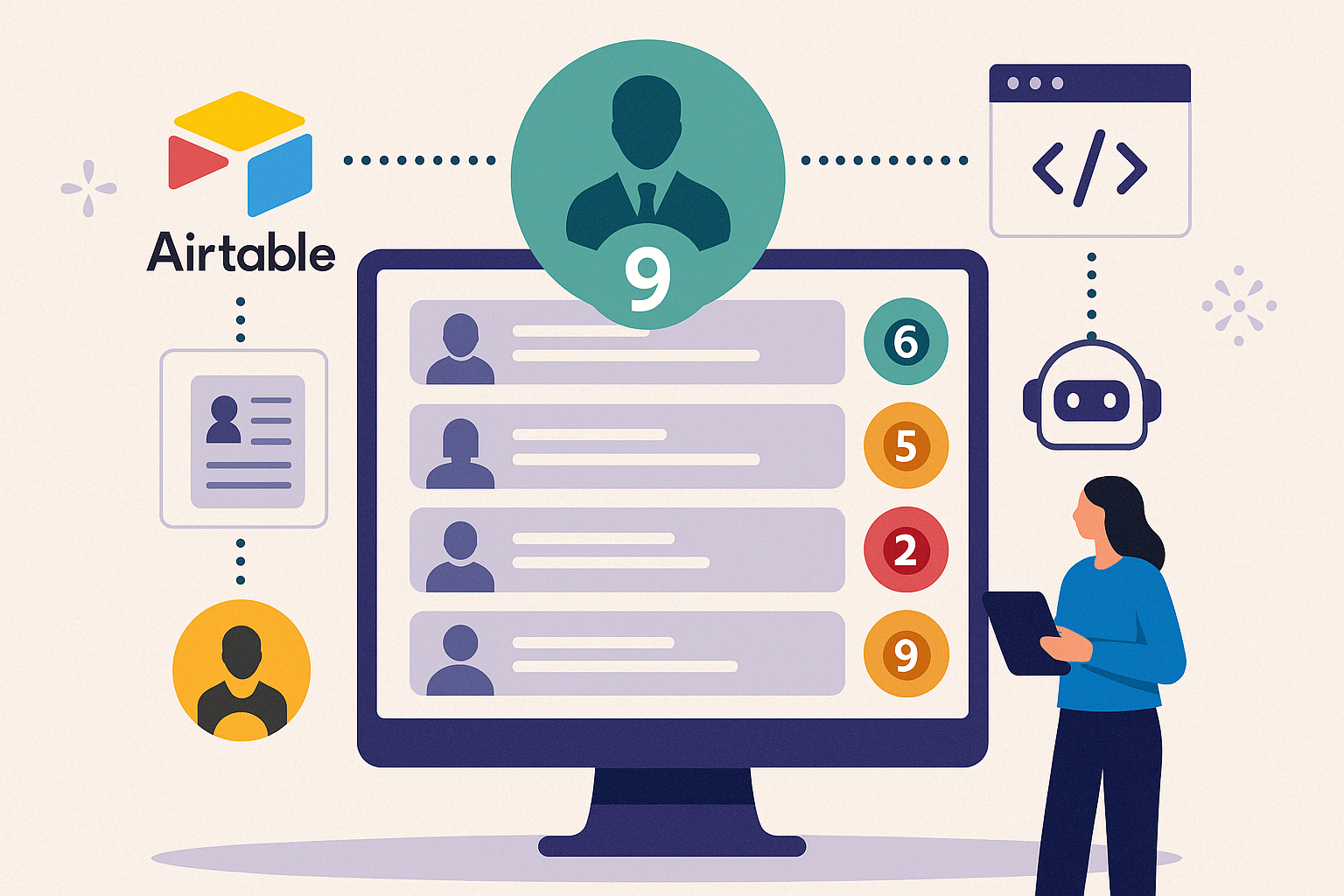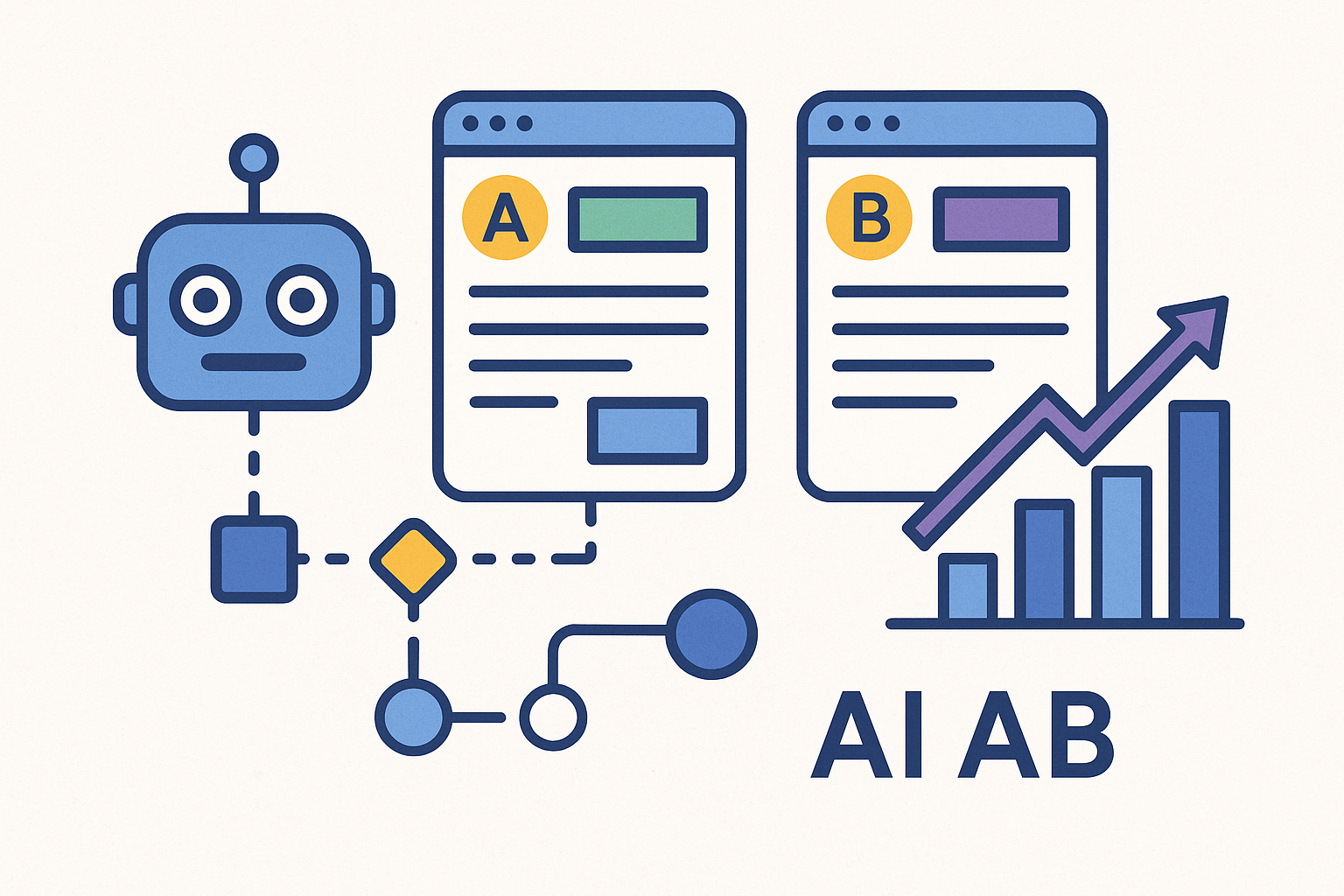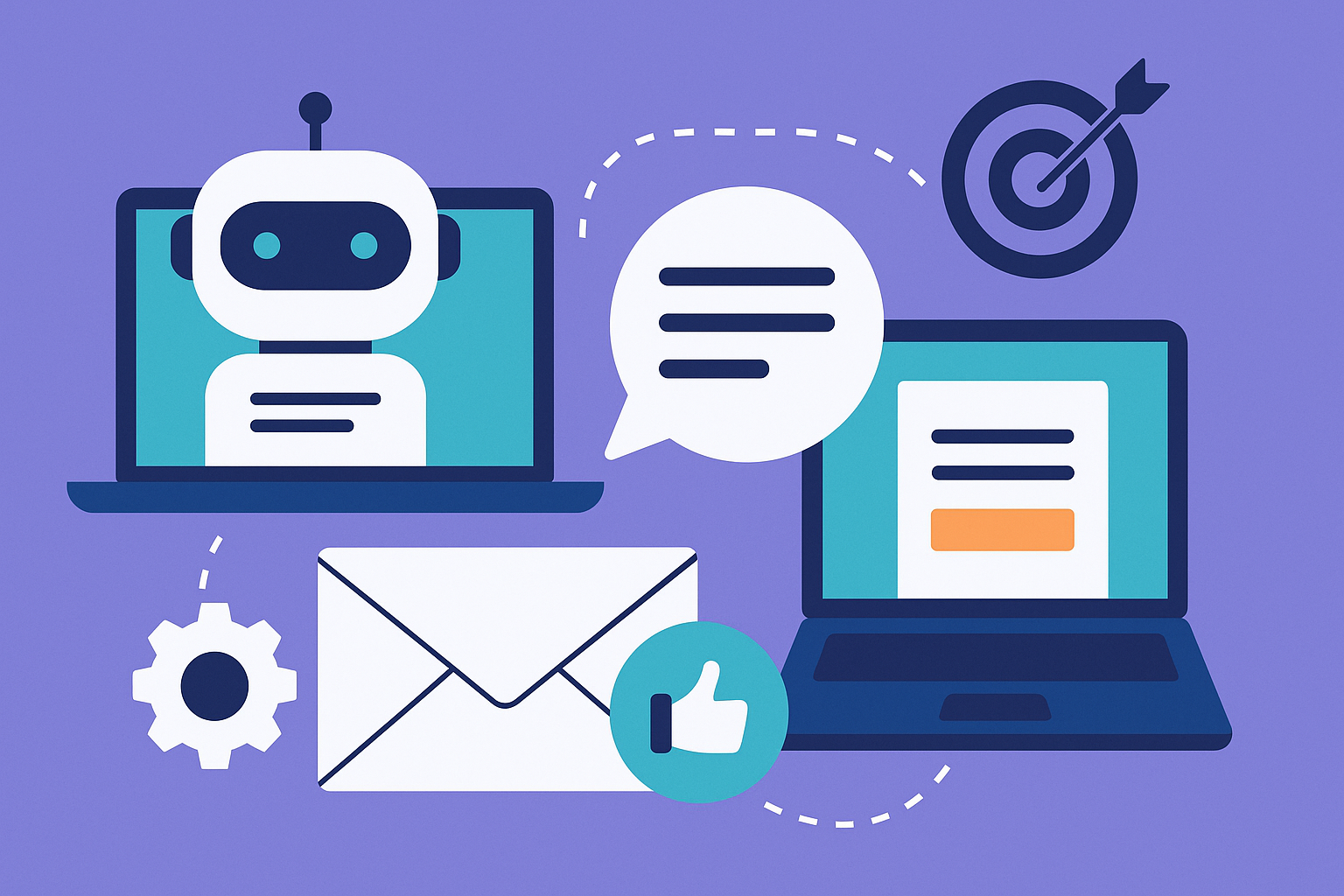Modern B2B Lead Gen Tactics That Actually Scale

B2B lead generation has evolved far beyond cold calling and spray-and-pray email lists.
If you’re working with a small team and trying to reach decision-makers in a crowded space, you need high-quality leads and a system that won’t drain your time or budget!
Luckily you don’t need a full sales ops department or an expensive martech stack to make that happen.
Modern B2B lead gen is about combining smart targeting, high-quality data, personalized outreach, and lightweight automation in the right sequence. Here’s how to build a process that scales—and still feels human.
Start With High-Quality, Verified Contact Data
No lead gen strategy works if your contacts are outdated or inaccurate. You’ll waste time emailing addresses that bounce or dialing numbers that never connect. That’s where contact intelligence tools come in.
One of the most efficient options is Lusha, a B2B database that gives you access to over 155 million profiles—complete with verified direct emails and phone numbers. You can use it to enrich your CRM, build precise prospect lists, or instantly grab contact details while browsing LinkedIn. The Chrome extension makes prospecting a seamless part of your workflow.
Affiliate Disclaimer: This post contains affiliate links. If you choose to sign up through one of them, we may earn a commission—at no extra cost to you. We only recommend tools we’ve tested and believe are genuinely helpful for lean teams.
Other tools like Apollo.io or Clearbit offer similar data services, but Lusha stands out for its simplicity, data accuracy, and tight integrations with platforms like HubSpot and Salesforce.
Pro Tip: Build narrow, industry-specific lists instead of dumping 500 generic contacts into an outreach tool. The tighter your targeting, the higher your conversion rate—and the fewer messages you need to send.
Segment and Score Before You Send
Modern lead gen isn’t about reaching out to everyone—it’s about reaching out to the right people at the right time. AI tools can now help you score leads based on intent signals, past behavior, or firmographic fit, making sure your sales team only engages with high-potential accounts.
Use segmentation tools like:
- Breadcrumbs.io – for lead scoring and routing
- HubSpot Smart Lists – to create dynamic audiences by company size, behavior, or last interaction
- ZoomInfo Intent Data – to prioritize companies actively searching for solutions like yours
By pairing enriched data from Lusha with smart segmentation, you can route different leads into different nurture paths. Enterprise CTOs get a whitepaper and demo invite. SMB marketers get a blog roundup and case study. You stay relevant—and close faster.
Personalize Your Outreach at Scale
Templated emails are easy. But they don’t convert. The sweet spot is light personalization layered over automation—something that feels relevant without becoming a full-time writing job.
Start with tools like:
- Lavender – AI suggestions that improve cold email tone and effectiveness
- SmartWriter – personalizes intros using scraped LinkedIn or website data
- Instantly – lets you sequence emails with dynamic variables, and scale campaigns to thousands without triggering spam filters
Use your enriched data (job title, industry, past visits, content viewed) to customize subject lines, intros, and CTAs. It’s not about writing 100 custom emails—it’s about making 1 email feel custom to 100 people.
Pro Tip: Personalize based on context, not just name. “Saw you just raised a Series A—congrats!” beats “Hey [First Name].”
Don’t Skip Retargeting and Nurture
B2B buying cycles are long. Many leads won’t convert on the first touch—but that doesn’t mean they’re lost.
Set up:
- LinkedIn or Meta retargeting ads based on email opens or site visits
- Email drip sequences with low-pressure follow-ups (think value shares, not “Just checking in”)
- Custom landing pages for segmented audiences, highlighting use cases that matter to them
Leadfeeder or Clearbit Reveal can help identify which companies are visiting your site—even if they haven’t filled out a form—giving you a reason to follow up more strategically.
Nurture doesn’t mean nag. If you’ve done the work upfront—high-quality data, segmented lists, and relevant messaging—your warm-up strategy becomes a trust builder, not a time-waster.
Measure What Actually Matters
Don’t get caught measuring vanity metrics like open rates or raw leads generated. Focus on what drives pipeline:
- Contact-to-response rate
- Qualified lead conversion rate
- Average time to booked call
- Lead source to closed-won attribution
Tools like HubSpot, Close, or Salesloft offer built-in dashboards to keep your metrics tight. But even a well-built Google Sheet can help you track what works—just be sure to filter out the noise.
Pro Tip: Use AI (like GPT or Claude) to analyze qualitative data from replies or call notes. Ask it:
“Summarize objections from the last 50 sales replies. What trends do you notice?”
You’ll uncover messaging gaps, pricing hesitations, or product friction without spending hours parsing threads manually.
Modern B2B lead generation isn’t about doing more—it’s about doing smarter. The right tools help you reach the right people with the right message at the right time. Platforms like Lusha simplify data acquisition so you can focus your energy on strategy, not scraping.
When you pair high-quality contact data with smart segmentation, personalized outreach, and strong nurture flows, you don’t just scale your lead gen—you scale it with purpose.










